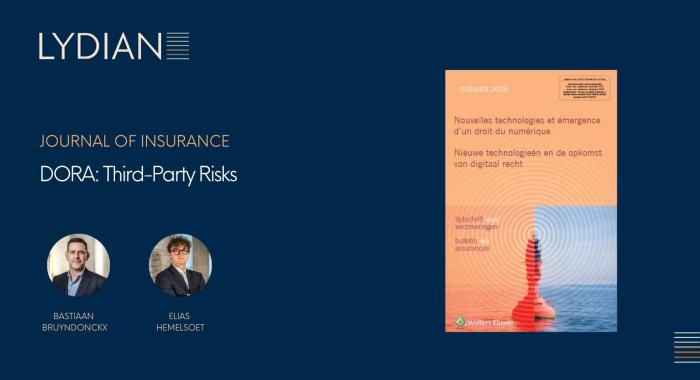Since 1987, the UK company Brompton markets a bicycle that can be folded into three different positions (a folded position, an unfolded position and a stand-by position enabling the bicycle to stay balanced on the ground). This particular feature was initially protected by a patent, which has now expired.
Brompton noticed that a Korean company Get2Get had started selling bicycles that could be folded into the same three positions and were very similar to the Brompton bicycle.
On 21 November 2017, Brompton (and its founder SI) brought an action before the Commercial Court in Liège (Belgium) against Get2Get, claiming that the latter sold bicycles infringing Brompton’s copyright.
In its defence, Get2Get stated that the appearance of its Chedech bicycle is dictated by the technical solution sought, which is to ensure that the bicycle can fold into three different positions. According to Get2Get, such shape could only be protected under patent law, not under copyright law.
Brompton, on the other hand, claims that the three positions of the Brompton bicycle can be obtained by shapes other than those given to the Brompton bicycle, which means that its shape may be protected by copyright.
Confronted with these arguments, the Commercial Court of Liège decided to refer the issue to the European Court of Justice (ECJ) for a preliminary ruling.
In its judgement of 11 June 2020, the ECJ reminds us of its settled case law regarding the concept of ‘work’. First, it entails an original subject matter which is the author’s own intellectual creation and, second, it requires the expression of that creation.
The first condition is further discussed in the judgment.
In this respect, the ECJ recalls that it is both necessary and sufficient that the subject matter reflects the personality of its author as an expression of his/her free and creative choices.
Hence, a subject matter satisfying the condition of originality may be eligible for copyright protection, even if its realisation has been dictated by technical considerations, provided that its being so dictated has not prevented the author from reflecting his personality in that subject matter, as an expression of free and creative choices.
However, the subject matter cannot be regarded as possessing the originality required for it to constitute a work and, consequently, to be eligible for the protection conferred by copyright, if the realisation of that subject matter has been dictated by technical considerations, rules or other constraints which have left no room for creative freedom (“solely dictated by its technical function”).
In order to assess whether a product is an original creation, we should take into account all the relevant aspects as they existed when that subject matter was designed, irrespective of the factors external to and subsequent to the creation of the product.
The ECJ further explains that the existence of other possible shapes, which can achieve the same technical result, is not decisive (even though it makes it possible to establish that there is a possibility of choice).
Likewise, the intention of the alleged infringer is irrelevant in such an assessment.
Moreover, an expired patent and the effectiveness of the shape in achieving the technical result should be taken into account only in so far as those factors make it possible to reveal what was taken into consideration in choosing the shape of the product concerned.
Based on the above analysis, the ECJ concludes that a shape that is, at least in part, necessary to obtain a technical result, is eligible for copyright protection provided it is an original work.
Although it was not the first time that the ECJ has to rule about the cumulation of IP rights, the present decision is of most importance since it concerns cumulation of patent and copyright and recalls that each IP right has its own eligibility requirements and that the analysis has to be performed on the basis of each IP right.
Let’s see now how the Commercial Court of Liège (Belgium) will verify the original character of the shape of the Brompton bike, bearing in mind all the relevant aspects of the dispute in the main proceedings. Stay tuned !



